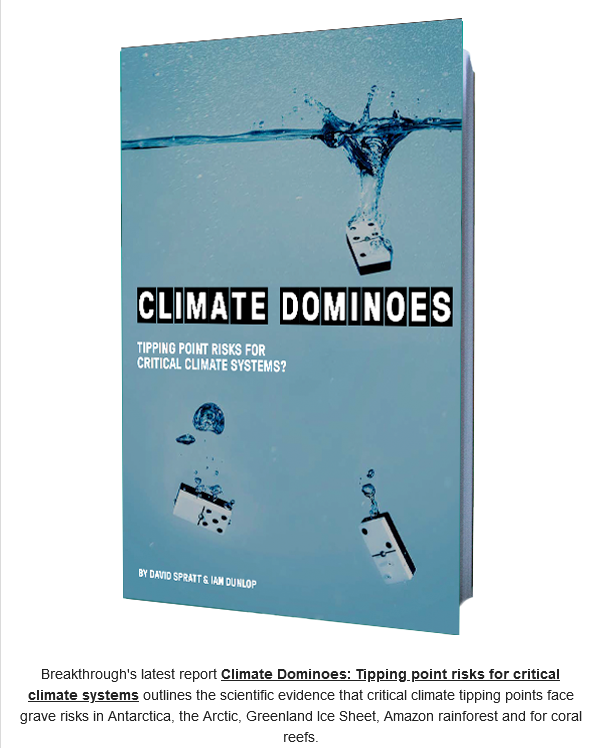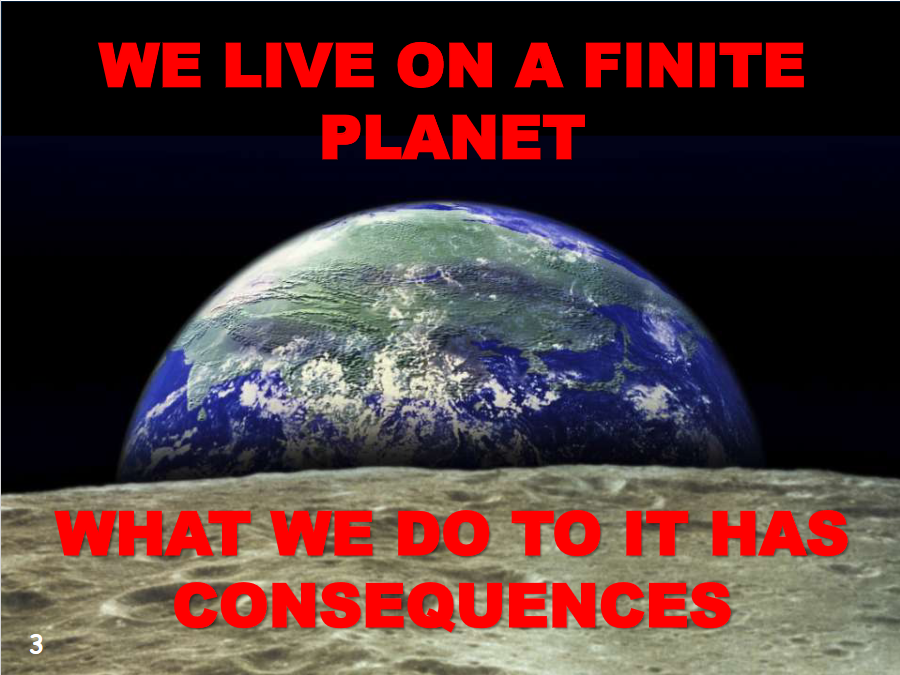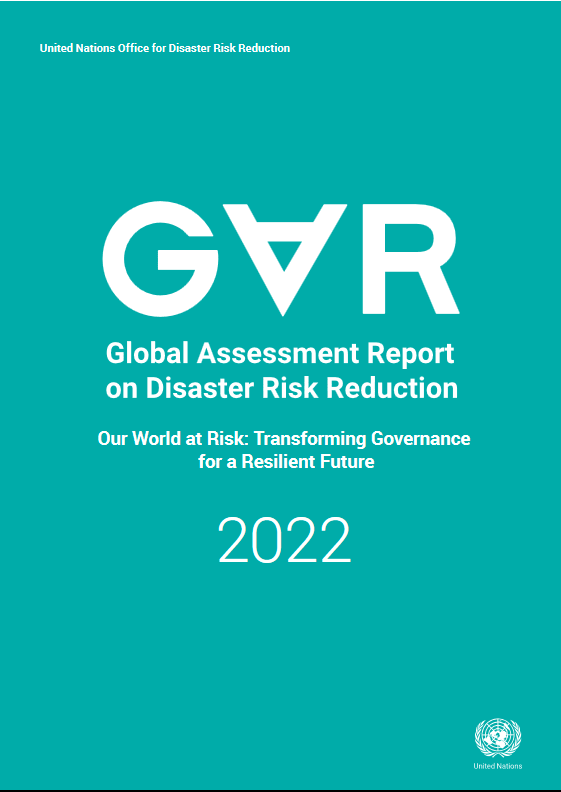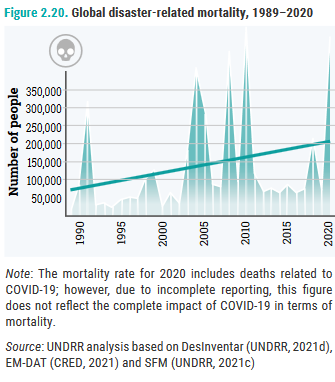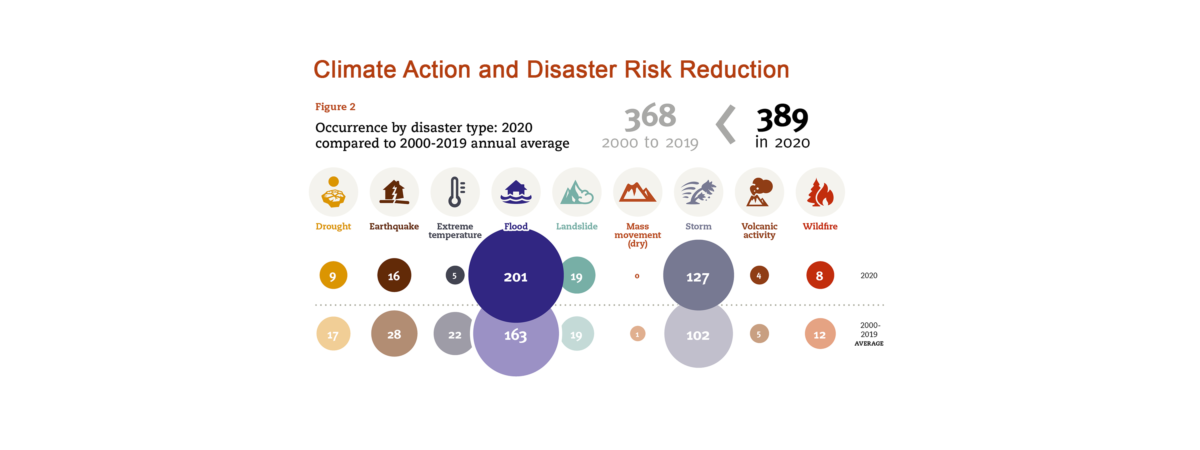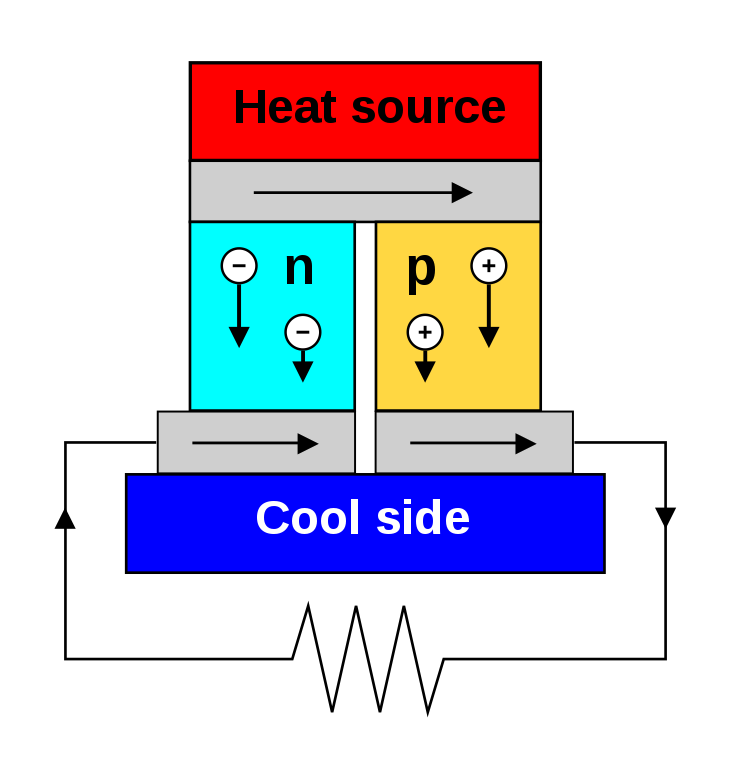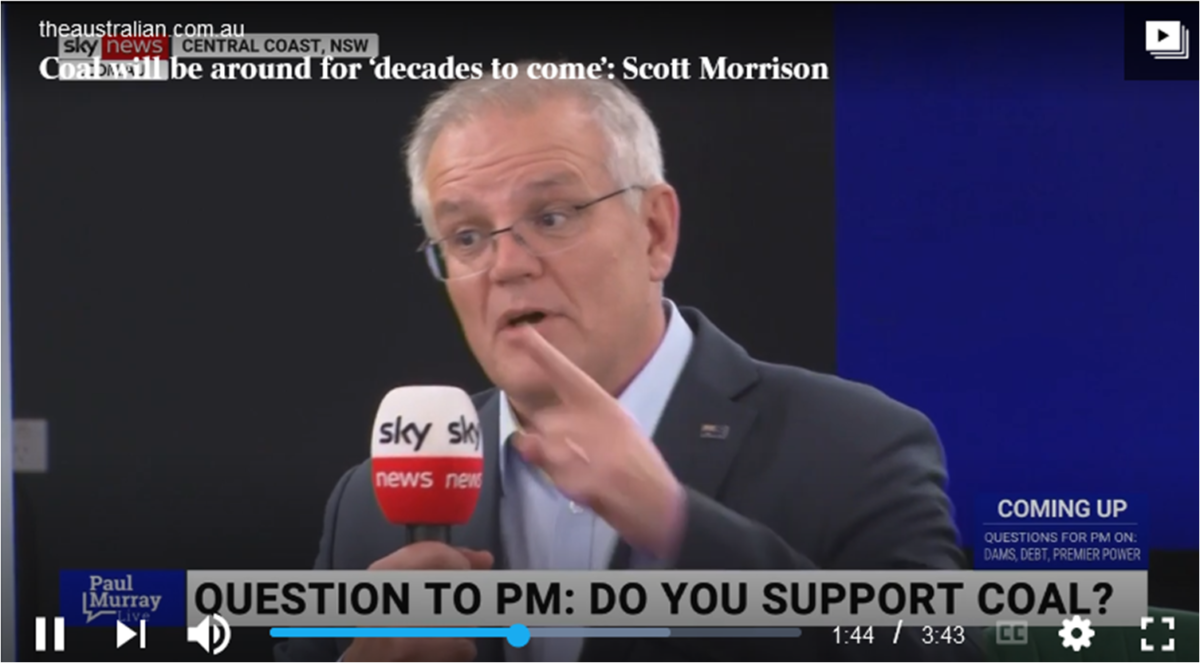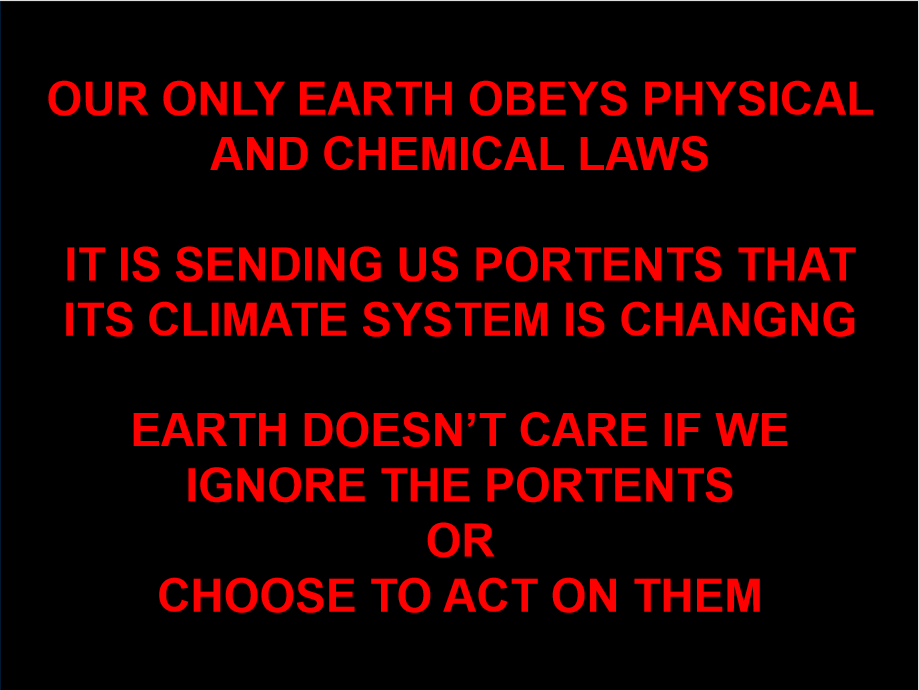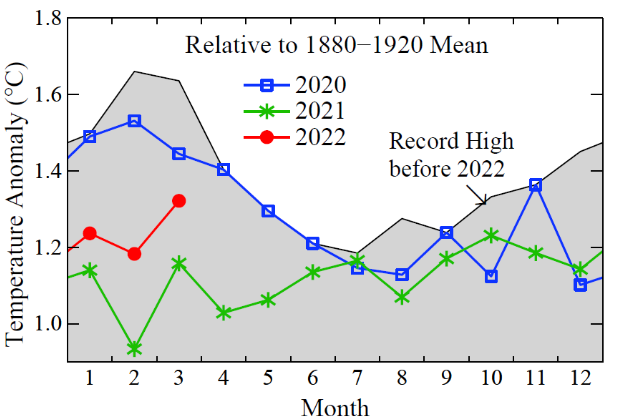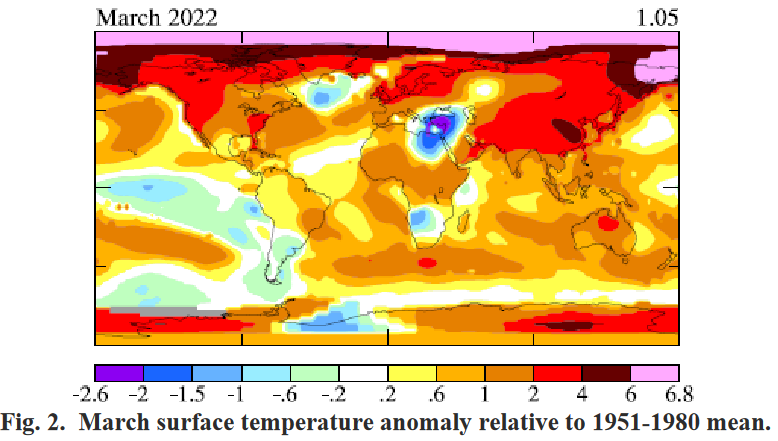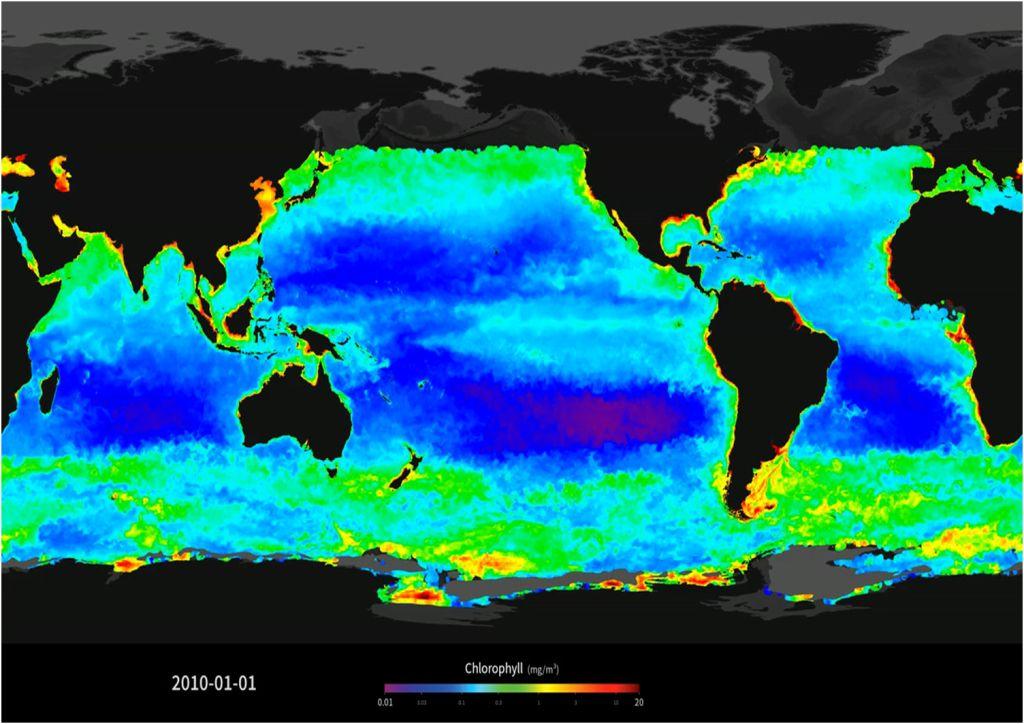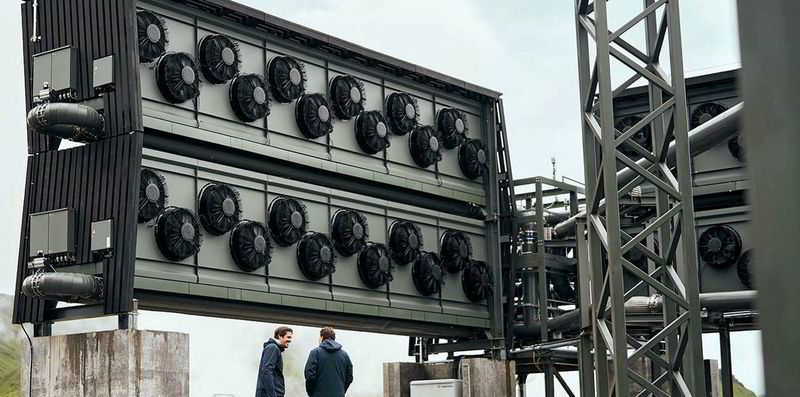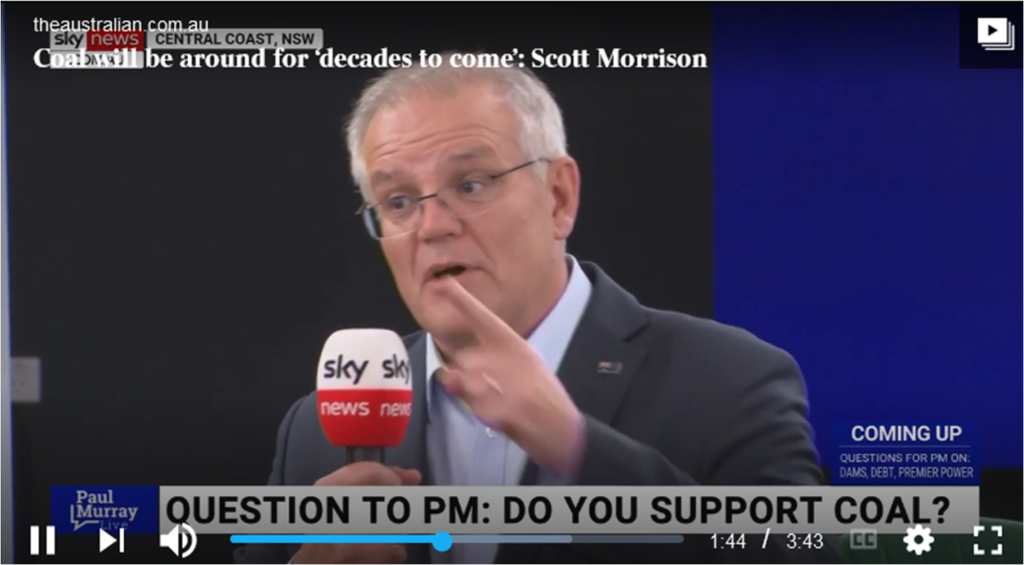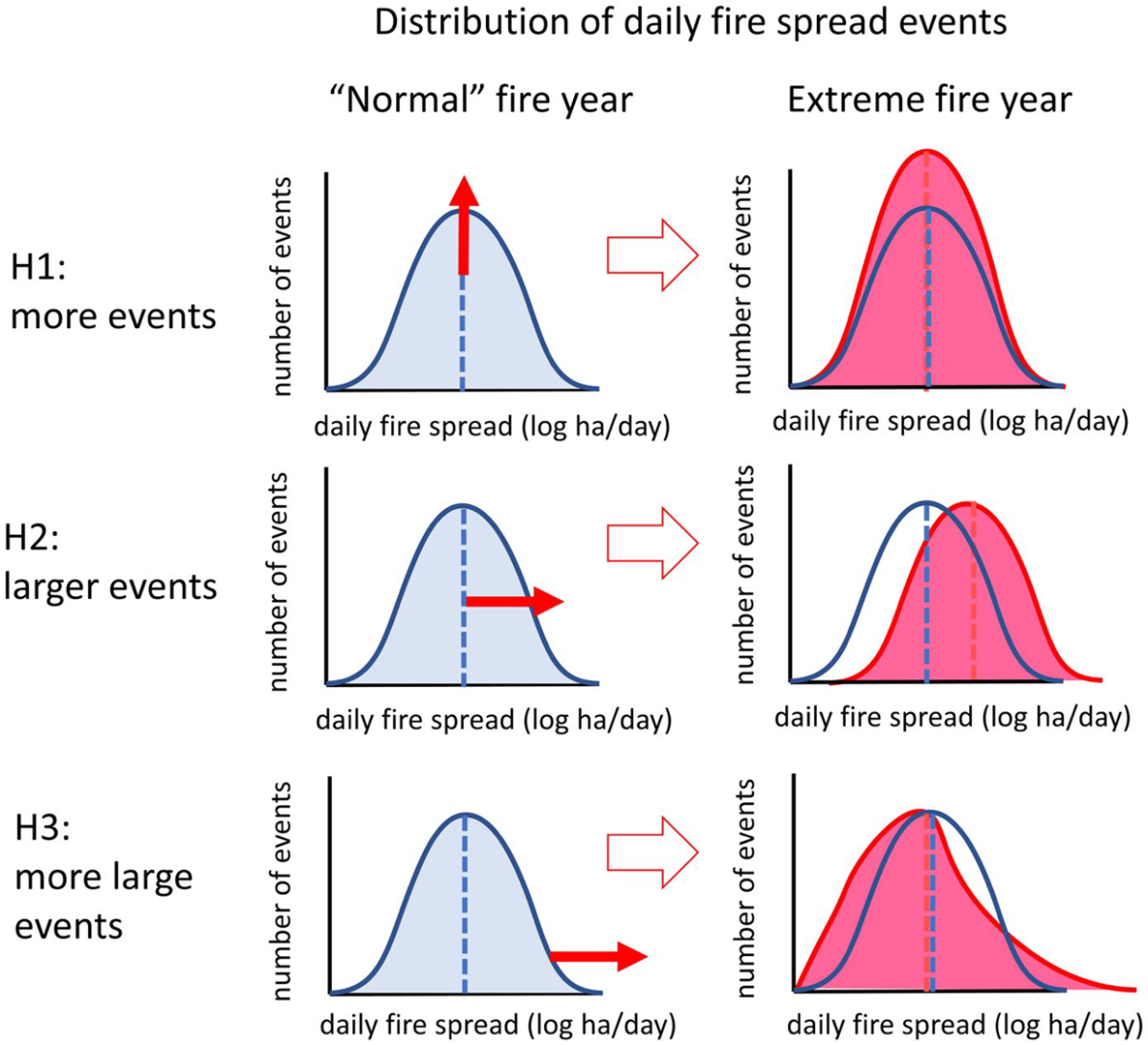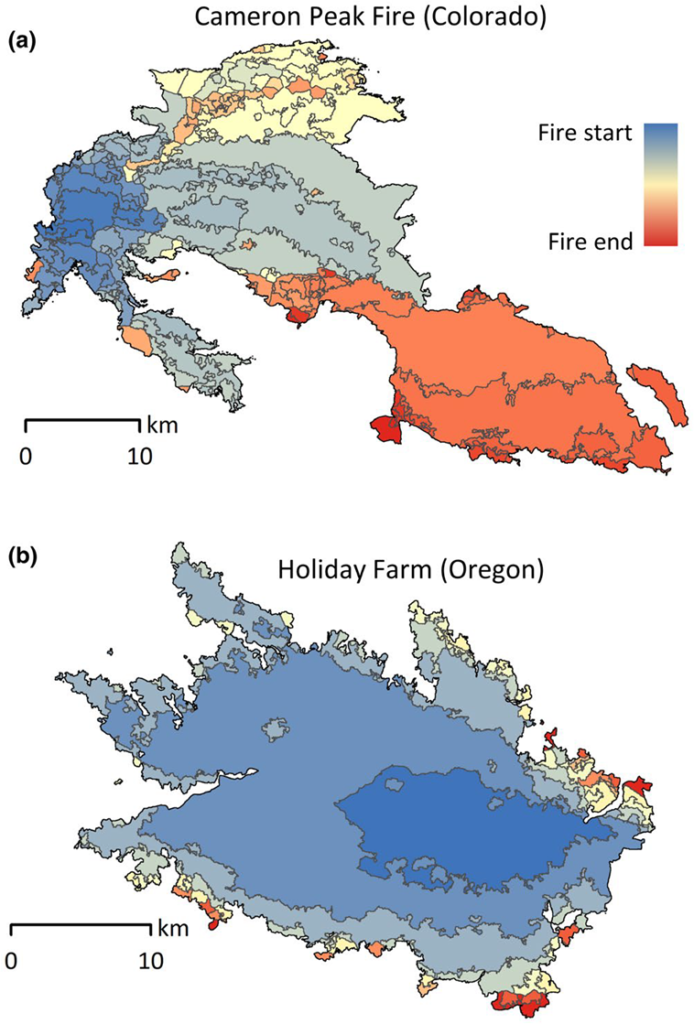Climate emergency! The one election issue that matters
Today’s Breakthrough Institute report shows we are tipping climate thresholds like dominoes as we slide down runaway warming’s road to Hell
Featured Image: Cover picture from the emailed announcement received 17/05/2022 of Breakthrough Institute’s new publication “Climate Dominoes“, by David Spratt and Ian Dunlop. This report summarizes the vast array of evidence showing that the climate emergency we currently face is truly existential as we progressively trip over important thresholds increasing the rate of warming as we slide down the road to a global mass extinction event in Earth’s “Hothouse” Hell.
Where the current election is concerned, stopping the warming and managing the associated climate emergency are genuinely the only issues that matter. If we fail to stop the warming we started as a consequence of the Industrial Revolution, there will soon be no humans left to be concerned about anything. Making the economy the most important election issue without putting climate repair as the absolute first priority only ensures there will soon be no economy at all.
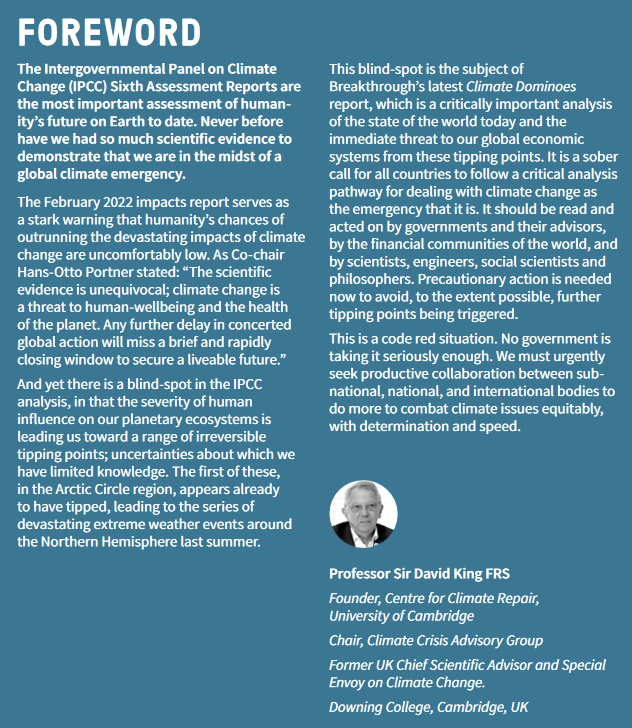
[Climate Dominoes] should be read and acted on by governments and their advisors, by the financial communities of the world, and by scientists, engineers, social scientists and philosophers. Precautionary action is needed now to avoid, to the extent possible, further tipping points being triggered.
This is a code red situation. No government is taking it seriously enough. We must urgently seek productive collaboration between sub-national, national, and international bodies to do more to combat climate issues equitably, with determination and speed.
From the Forward by Prof. Sir David King, Fellow of the Royal Society
Good leaders are guided by physical reality, not belief and dogma; and history has proved that science is our best tool for understanding that reality
Climate Dominoes encapsulates the body of Earth and climate science that our would-be Parliamentary leaders and members should consider as Australia progresses through time into evermore threatening climatic future …. A future that will be determined by the laws of physics and biology; irrespective of whatever fables, faith, belief, dogma and a miasma of self-serving humbug, bulldust, misrepresentation, and outright lies made by a bevy of puppet politicians representing super-wealthy vested interests.
Who would you prefer to have in government to represent you in the current climate emergency? — ranting puppets of narcissistic special interests (e.g., fossil fuel multi-billionaires) trying to make you believe in fairy tales about how good life is now and how much better their magic future will be for you while they squeeze the last cent of profit out of killing the world? … Or the alternative: qualified, ethical, independent thinkers and doers from your own community who understand how science works in order to see and understand the actual reality you live in……. Which kind of candidate would you trust to manage the real and growing climate emergency you can see and feel around you seriously look at the reality around you? E.g. increasing heatwaves, raging wildfires, dust storms, windstorms, floods, pandemics, dying reefs and forests, eroding shore lines, etc….
Following is the text of the Climate Dominoes’s overview that describes the main thesis of the work, and its absolute relevance to our upcoming election in Australia and the would-be leaders we are electing. Other than some added emphasis (in italics) and parenthetical comments, I have not changed the text. It is here because I completely agree with it, and so readers will understand that many scientists besides myself also see the same dangers. Superscript numbers refer to references that can be found at the end of the published document.
OVERVIEW: WHEN TIPPING POINTS COLLIDE
As global heating reduces the extent of floating Arctic sea-ice each northern summer, heat-reflecting ice is replaced by heat-absorbing dark ocean water, adding energy to the Arctic system, and driving more melting. This is a “positive feedback”, a self-reinforcing change. Examples abound in the climate system. On Greenland, for example, warming is reducing the height of the ice, and this lower elevation means it will melt more, because the temperature is higher at lower altitudes.
Sixteen years ago, James Hansen warned that: “The problem that we face now is that many [climate] feedbacks that came into play slowly in the past, driven by slowly changing forcings, will come into play rapidly now, at the pace of our human-made forcings, tempered a few decades by the oceans thermal response time.” ” 4
Those feedbacks can drive non-linear (or abrupt) change that is difficult to forecast. That happened to Arctic sea-ice in the summer of 2007, when a collapse in the ice extent led one experienced glaciologist to exclaim that it was melting “100 years ahead of schedule”;5 actually, the scientific understanding was 100 years behind reality! The same thing is happening in Antarctica now, according to the new observations of the Thwaites Glacier.
A group of eminent scientists point to “biosphere tipping points which can trigger abrupt carbon release back to the atmosphere… permafrost across the Arctic is beginning to irreversibly thaw and release carbon dioxide and methane… the boreal forest in the subarctic is increasingly vulnerable”. [Note: Working directly with the satellite record, I have made an extensive study of rapidly growing frequency, size and ferocity of wildfires in the Siberian Arctic that totally validates this point.] They say that other tipping points could be triggered at low levels of global warming with “a cluster of abrupt shifts between 1.5 °C and 2°C…” 6
Positive feedbacks, with or without abrupt change, can drive a system past its tipping point, which is a critical threshold at which small change causes a larger, more critical change to be initiated, taking components of the Earth system from one state to a discreetly different state. In other words, the system has reached a point of fragility such that it will move to a different state due to its own internal dynamics, even if there is no further external forcing (such as additional warming). [Climate Sentinel News has a number of articles on tipping points.]
An overview from Australia’s Centre of Excellence for Climate Extremes describes a number of key aspects of tipping points:7
- The implications of tipping points are not thoroughly quantified in the major IPCC analyses. [See my review of the limitations in the IPCC’s scientific methodology and publishing. Their work almost inevitably understates the magnitude of the climate emergency.]
- Some tipping point changes are irreversible on timescales of centuries to millennia.
- We do not know exactly how close we are to a tipping point, or even whether we have already passed it. We also do not always know if the changes are reversible, and if so, on what timescales.
- There are tipping points that while not yet triggered may already be fully committed to. For example, the warming required for the West Antarctic Ice Sheet to permanently melt might have already been reached.
- Climate models lack the mechanisms to robustly simulate many tipping points, and the interactions between tipping points that could lead to cascading impacts. Therefore our understanding of the risks is limited.
- Since the risk is hard to quantify, global negotiations around climate change have not appropriately taken into account the risks of initiating tipping points, which is essentially a gamble on the future of the Earth’s climate.
Tipping may be irreversible on relevant time frames, such as the span of a few human generations. For example, ice sheets can disintegrate abruptly — and drive up sea levels — much faster than they can gain mass. So whilst sea levels could rise two or three metres this century — and rates as high as five metres per century have been recorded in the past — it could take thousands of years to reset the ice and get sea levels back down.
This is an example of hysteresis, or bifurcation of a system, where it may be more difficult, or impossible, to return to its previous state. Extinctions are an example of the latter. Carbon Brief explains: “In some cases, there is evidence that once the system has jumped to a different state, then if you remove the climate forcing, the climate system doesn’t just jump back to the original state – it stays in its changed state for some considerable time, or possibly even permanently.” 8
Major tipping points are interrelated and may cascade,9 as illustrated. Interactions between these climate systems could lower the critical temperature thresholds at which each tipping point is passed.10
For example, Earth is approaching a temperature range above which the photosynthesis rate is projected to decline, affecting the storage of carbon in the terrestrial biosphere (the “land sink”).11 This will accelerate the warming rate, trigger further sea-ice loss, more melting on Greenland and freshwater injection into the North Atlantic, helping to further slow the Atlantic Meridional Overturning Circulation (AMOC), often known as the “Gulf Stream”. This in turn would change rainfall patterns over the Amazon and further weaken its carbon stores and Earth’s land sink. And so it goes on.
Physical interactions among the Greenland and West Antarctic ice sheets, AMOC and the Amazon rainforest tend to destabilise the network of tipping elements. The polar sheets are often the initiators of these cascade events,12 with evidence that Greenland and West Antarctica have passed their tipping (see following sections).
In 2012, James Hansen warned of scientists’ fear about the Arctic and the cascading of tipping points triggered in the Arctic: “Our greatest concern is that loss of Arctic sea ice creates a grave threat of passing two other tipping points – the potential instability of the Greenland ice sheet and methane hydrates… These latter two tipping points would have consequences that are practically irreversible on time scales of relevance to humanity.” 13 [Note: there is even more to the methane story than just methane hydrates as discussed in my presentation on the Siberian wildfires linked above.]
Cascading events may in turn lead to a “Hothouse Earth” scenario, in which climate system feedbacks and their mutual interaction drive the Earth System climate to a “point of no return”, whereby further warming would become self-sustaining (that is, without further human-caused perturbations).14 This planetary threshold could exist at a temperature rise as low as 2°C, possibly even in the 1.5°C–2°C range.15
The problem, elaborated in a 2019 paper, “Climate tipping points — too risky to bet against”, is that time is close to running out: “We argue that the intervention time left to prevent tipping could already have shrunk towards zero, whereas the reaction time to achieve net zero emissions is 30 years at best. Hence we might already have lost control of whether tipping happens. A saving grace is that the rate at which damage accumulates from tipping — and hence the risk posed — could still be under our control to some extent” (emphasis added).16
Likewise, former UK Chief Scientist Sir David King warns that: “What global leaders do in the next three to-five years will determine the future of humanity.”17
Tipping point analyst Prof. Tim Lenton says that the evidence from tipping points alone “suggests that we are in a state of planetary emergency: both the risk and urgency of the situation are acute… If damaging tipping cascades can occur and a global tipping point cannot be ruled out, then this is an existential threat to civilization”.18 [As discussed in my IPCC presentation, linked above, few scientists will actually point out what should be emphasized is that they are actually discussing is a threat to the continued existence of the human species — i.e., near term human extinction]
Who is most qualified and likely to lead “productive collaboration between sub-national, national, and international bodies to do more to combat climate issues equitably, with determination and speed”? Our existing COALition Government of spin merchants, clowns, knaves and fools representing special interest, or an alliance government led by Labor kept focused on the climate emergency by Greens and a ‘teal’ flock of genuine community-based independent thinkers and doers forcing the career politicians to stay focused on the job of solving the climate crisis.
Just how extraordinary many of the teals are is documented in earlier articles in this series (click title to open link):
- Wentworth Showdown: blue-blood Lib vs teal independent. (2022-04-30)
- Hughes: ‘safe’ COALition seat, interesting contest (2022-04-30)
- Goldstein: ‘safe’ Lib apparatchik threatened by teal (2022-05-02)
- Curtin, WA’s safest Lib seat now ultra-marginal (2022-05-04)
- Nicholls: Can a super-safe Nat Party seat turn teal? (2022-05-05)
- Kooyong: Testing importance of climate action to voters (2022-05-07)
- Hung Parliament: chaos vs independent thinking (2022-05-16)
- Elect climate savvy teals to force climate action (2022-05-16)
- Teal Independents: birth and spread of the movement (2022-05-17)
Applying your decision to preferential voting on the ballot
If you believe that our present COALition government will govern in your interests rather than their patrons in the fossil fuel and related industries, then go with the flow and don’t concern yourself with the likely consequences of going down their fossil fueled road towards runaway global warming. On the other hand, if you think it is better to work for a sustainable future where your children and their children can hope for a happy future, Vote Climate One can help you elect a government that will actively lead and support this effort.
Our Climate Sentinel News provides access to factual evidence about the growing climate crisis to support your thinking; and our Traffic Light Voting System gives you easy to use factual evidence about where each candidate in your electorate ranks in relation to their commitment to prioritize action on the climate emergency. This should make it easier to decide your voting preferences before confronting a long ballot paper in the voting booth.
We need to turn away from the the Apocalypse on the road to hothouse hell, and we won’t do this by continuing with business as usual!
It seems to have taken the clear thinking of Greta Thunberg, a 16 year-old girl who concluded school was pointless as long as humans continued their blind ‘business as usual’ rush towards extinction.
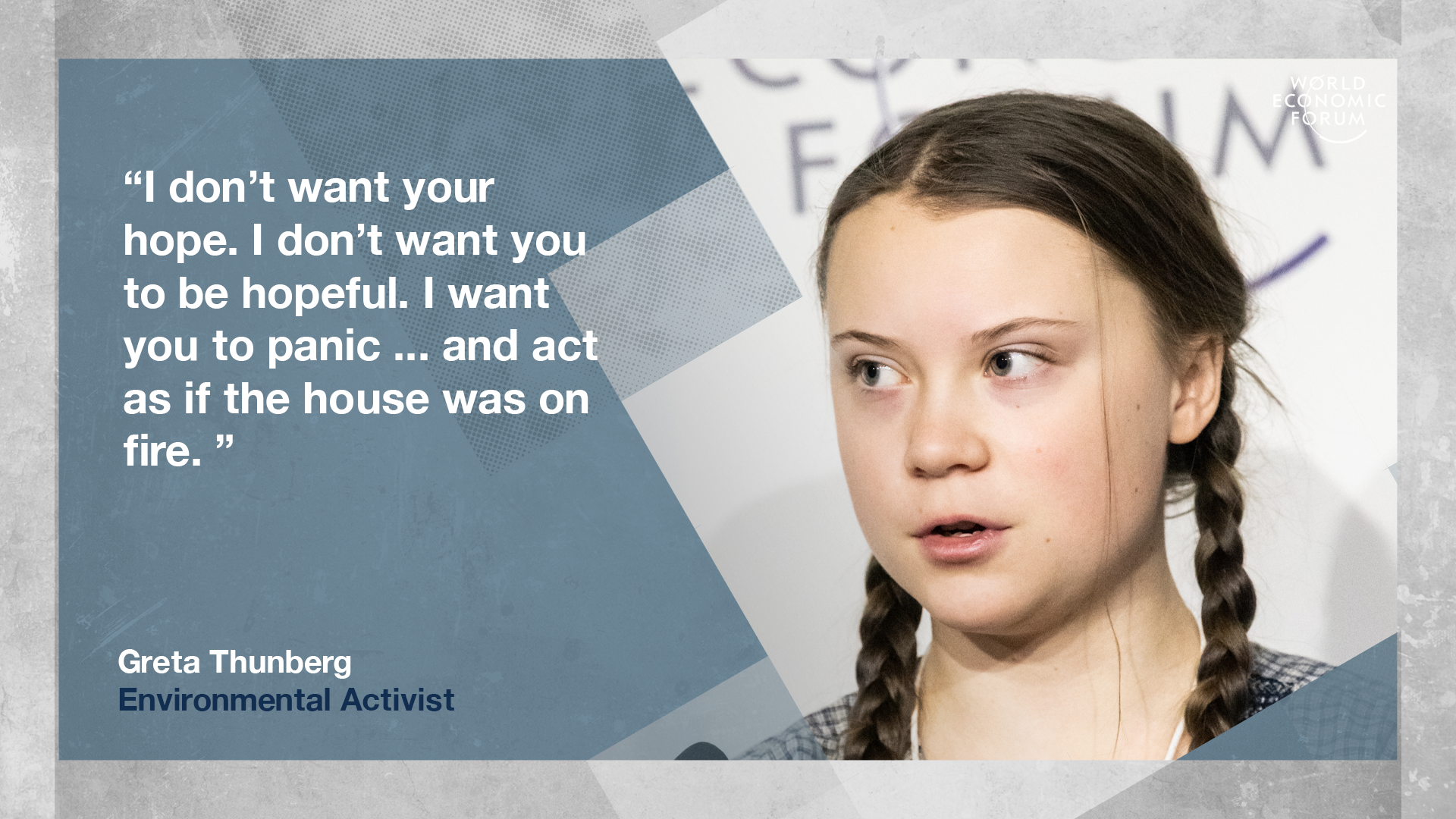
In other words, wake up! smell the smoke! see the grimly frightful reality, and fight the fire that is burning up our only planet so we can give our offspring a hopeful future. This is the only issue that matters. Even the IPCC’s hyperconservative Sixth Assessment Report that looks at climate change’s global and regional impacts on ecosystems, biodiversity, and human communities makes it clear we are headed for an existential climate catastrophe if we don’t stop the warming process.
Scott Morrison and his troop of wooden-headed puppets are doing essentially nothing to organize effective action against the warming. In fact all they doing is rearranging the furniture in the burning house to be incinerated along with anything and everyone we may care about.
In Greta’s words, “even a small child can understand [this]”. People hope for their children’s futures. She doesn’t want your hopium. She wants you to rationally panic enough to wake up, pay attention to reality, and fight the fire…. so our offspring can have some hope for their future.

